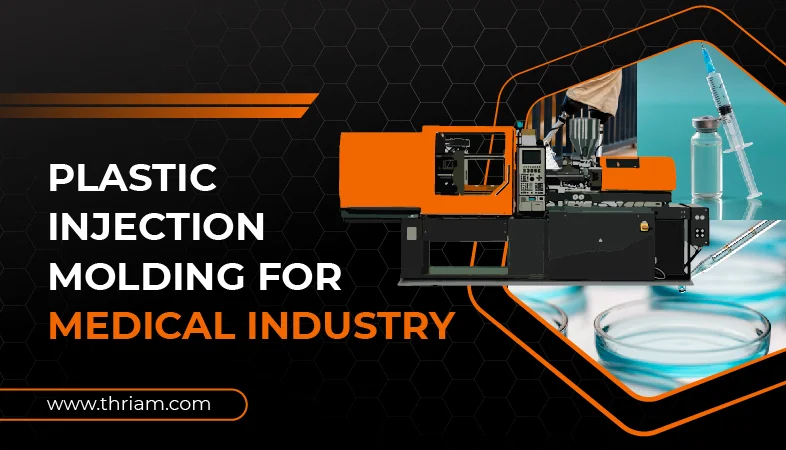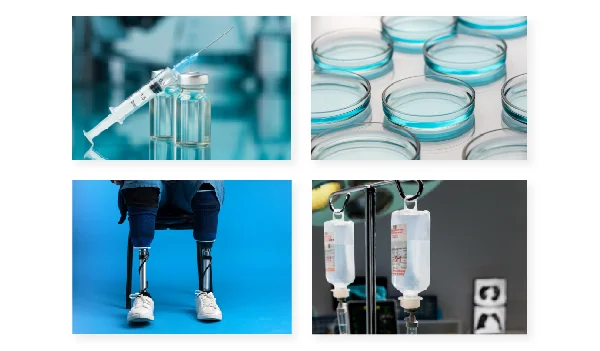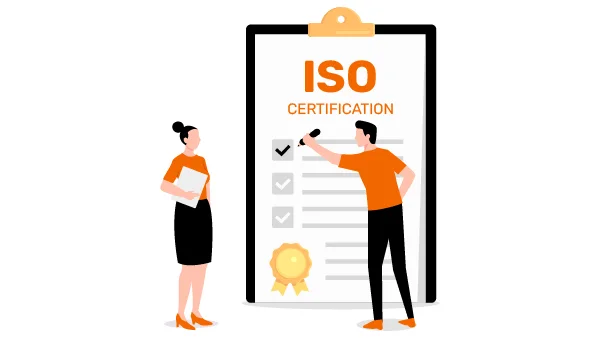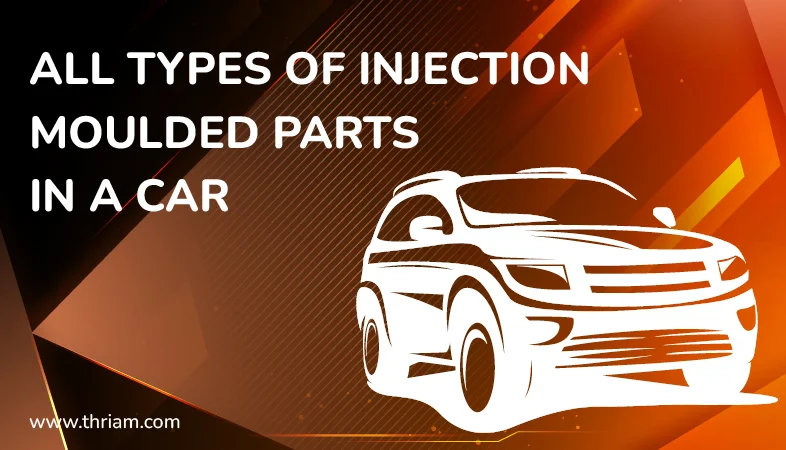The Significance of Injection Molding in the Medical Industry: Revolutionizing Healthcare Solutions

With the continuous advancements in the medical field, injection molding has emerged as a game-changer, playing a crucial role in developing innovative healthcare solutions. Injection molding is a manufacturing process that involves injecting molten material into a mold cavity to create intricate and customized shapes. While it is widely used in various industries, its impact on the medical sector is particularly significant.
In this blog, we will explore the significance of injection molding in the medical industry and how it has revolutionized healthcare solutions through precision, efficiency, and cost-effectiveness.
Overview of Injection Molding in the Medical Industry:
Injection molding is a widely used manufacturing process in the medical industry that enables the production of intricate and custom-shaped medical devices and components. This process involves injecting molten material, typically thermoplastics or elastomers, into a mold cavity, where it cools and solidifies to create the desired product. With its high precision and efficiency, injection molding has become essential in developing innovative healthcare solutions. The ability to create complex geometries, scalability for large-scale production, and cost-effectiveness make injection molding a preferred method in the medical field. From syringes and IV components to prosthetics and surgical instruments, injection molding plays a crucial role in advancing healthcare by delivering reliable, accurate, and cost-effective medical products.
Medical Devices Produced through Injection Molding:

Injection molding is instrumental in the production of a wide range of medical devices that are essential in patient care and treatment. These include syringes, IV components, prosthetics, surgical instruments, and drug delivery systems, among others. Syringes produced through injection molding are reliable, and affordable, and ensure accurate drug delivery, enhancing patient safety and healthcare outcomes. The flexibility of injection molding allows for the production of prosthetics that closely mimic natural body parts, improving the quality of life for individuals with limb loss or impaired mobility. Surgical instruments manufactured using injection molding offer superior precision, enabling minimally invasive procedures that reduce patient trauma and improve recovery times. Overall, injection molding plays a critical role in developing medical devices that enhance patient care and advance medical technologies.
Design Considerations and Material Selection:
Designing medical products using injection molding requires careful consideration of factors such as complexity, part consolidation, and sterilization requirements. Medical-grade materials, such as thermoplastics and elastomers, are carefully selected for their biocompatibility, durability, and ease of sterilization. Striving for compliance with medical standards and regulations is crucial during the design and material selection process to ensure safe and effective medical devices.
Advancements and Innovations in Medical Injection Molding:
Advancements in medical injection molding have revolutionized the healthcare industry, leading to improved patient care and more efficient medical procedures. One such advancement is multi-shot molding, which allows the integration of multiple materials or colors into a single part. This facilitates the production of complex medical devices and reduces the need for assembly, resulting in cost savings and improved product reliability. Micromolding is another innovation that enables the manufacturing of miniature and highly precise medical components, opening doors for advancements in areas such as microfluidics and implantable devices. Additionally, insert molding has made it possible to seamlessly incorporate various components into a single part, reducing assembly time and improving overall product performance. These advancements in medical injection molding technology continue to pave the way for transformative healthcare solutions.
Quality Control and Regulatory Compliance:

Quality control and regulatory compliance are of utmost importance in the medical industry, especially when it comes to injection molding. The production of medical devices through injection molding requires strict adherence to stringent standards and regulations to ensure the safety and efficacy of these life-saving products.
In order to maintain quality control, manufacturers must implement robust quality management systems that encompass every stage of the injection molding process. This includes careful monitoring and control of raw materials, strict adherence to established manufacturing protocols, and comprehensive testing and inspection procedures. Quality control measures should encompass factors such as dimensional accuracy, material consistency, and product reliability to meet the demanding requirements of the medical industry.
Regulatory compliance is equally crucial in the medical field. Medical devices produced through injection molding must adhere to regulatory frameworks such as ISO 13485 and FDA regulations, depending on the applicable jurisdiction. Manufacturers must meet these standards to ensure the safety and performance of their products. This includes the establishment and maintenance of a quality management system, proper documentation, and adherence to verification and validation processes for each medical device produced.
Additionally, proper processes for sterilization and packaging must be in place to meet the necessary regulatory requirements. Sterility is critical in the medical field to prevent infections and ensure patient safety. Manufacturers must utilize appropriate sterilization methods and packaging materials that meet regulatory guidelines and maintain the integrity of the medical devices throughout their lifecycles.
To remain compliant and uphold quality control, manufacturers often undergo rigorous audits and certification processes by regulatory bodies. These audits help to identify any gaps in compliance and provide opportunities for continuous improvement in manufacturing processes and quality control measures.
Conclusion
Injection molding has revolutionized the medical industry by enabling the production of complex, precise, and cost-effective medical devices and components. The advancements and innovations in injection molding technology continue to drive progress in the healthcare sector, improving patient care and treatment outcomes. As the demand for customized medical solutions grows, injection molding will play an increasingly significant role in shaping the future of healthcare.



